Description
3BHB005243R0105 Модуль ввода / вывода ABB
Швейцария, и входит в десятку крупнейших швейцарских транснациональных корпораций.3BHB005243R0105
химическая, нефтехимическая, фармацевтическая, целлюлозно – бумажная, нефтепереработка; Оборудование приборов: электронные приборы, телевизоры и оборудование для передачи данных,
генераторы, гидротехнические сооружения; Каналы связи: интегрированные системы, системы сбора и распространения;3BHB005243R0105Строительная промышленность: коммерческое и промышленное строительство.
Implementation of communication between ABC industrial robot and PLC based on DeviceNet fieldbus technology
introduction
In modern production systems, industrial robots and PLCs need to communicate and collaborate to complete production tasks. That is, the
industrial robots output signals to the PLC, allowing the PLC to control related equipment to drive the robot”s front-end tools. This article
mainly analyzes the communication problems between ABB industrial robots and PLC based on DeviceNet fieldbus technology.
DeviceNet is a common network communication method in the field of automation. ABB industrial robots establish a network to communicate with
Siemens PLC based on the DeviceNet network.
1Configure DSQC652
There are mainly 5 types of standard I/0 boards commonly used in ABB industrial robots [2]. Except for the different addresses assigned to
them during setup, their configuration methods are basically the same. This article mainly analyzes the ABB standard I/0 board DS0C652, which
mainly builds communication modules based on the DeviceNet network. The DS0C652 board has a distributed I/O module with 16 digital input and 16
digital output interfaces. The board is installed in the ABB industrial robot control cabinet. First, define the specific operation steps of the DS0C652 board,
enter the teach pendant control panel, then enter the configuration menu (Figure 1), select the DeviceNetDevice menu, and add a template to enter Figure 2.
ABB standard I/0 board is hung on the DeviceNet
network, so the address of the module in the network must be set. The jumpers 6 to 12 of terminal x5 are used to determine the address of the module.
The available address range is 10 to 63. Modify the parameters in the template parameters to complete the DS0C652 board settings. Click the drop-down
menu to select the “Use value from template” row, select
“DS0C65224VDCI/0Device”, and then the parameters that need to be set include the address of the I/0 board in the bus.
Figure 1 Configuring DSQC652
2Configure signals and parameters
After completing the DS0C652 board setting, the I/0 signal setting will be performed. Setting the I/0 signal is the basis for establishing communication with
the PLC. The PLC communicates and transmits data with the ABB industrial robot through the I/0 signal and the DS0C652 board. As shown in Figure 3, in the
signal configuration interface, there are many default I/0 points after the system is established. Modification is not allowed. Click “Add” to add signals. When setting
input and output signals, their address range is 0~15. First, enter the signal menu in the configuration options to set the input and output types, and modify the corresponding parameters.
After completing the settings, the computer prompts that you need to restart the settings. If there are multiple signals that need to be defined and the waiting time
is long after restarting multiple times, you can click “Cancel” and wait for all signals to be defined before clicking the “Yes” button to restart. After the signal settings are
completed, click to select “Input and Output” in the ABB menu to check whether all signals have been set.
Figure 2 Configure DSQC652 parameters
Figure 3 Signal parameter settings
During the signal establishment process, attention should be paid to the DSoC652 port and PLC port addresses used, and the corresponding address table should be
established, as shown in Table 1. The robot interacts with the PLC through I/O signals. During the setting process, there must be no errors in the port and address number
of the PLC connected to the DSoC652. If the address is set incorrectly, the communication between the robot and the PLC will not work properly.
The entire robot teaching pendant setting process is shown in Figure 4.
ABB 3BSE015088R1
ABB PFSK162
ABB PFSK162 3BSE015088R1
ABB 3BSE021180R1
ABB PFSK164
ABB PFSK164 3BSE021180R1
ABB 3BHB004661R0001
ABB KUC711AE
ABB KUC711AE 3BHB004661R0001
ABB KUC711AE01
ABB KUC711AE01 3BHB004661R0001
ABB 3BHB004661R0101
ABB KUC711AE101
ABB KUC711AE101 3BHB004661R0101
ABB 3BHB000652R0001
ABB KUC720AE
ABB KUC720AE 3BHB000652R0001
ABB 3BHB000652R0101
ABB 3BHB003431R0101
ABB KUC720AE101
3BHB003431R0101 3BHB000652R0101
KUC720AE101 3BHB000652R0101
KUC720AE101 3BHB003431R0101
KUC720AE101 3BHB003431R0101 3BHB000652R0101
ABB 3BHB005243R0105
ABB KUC755AE105
ABB KUC755AE105 3BHB005243R0105
ABB 3BHB005243R0106
ABB KUC755AE106
ABB KUC755AE106 3BHB005243R0106
ABB 3BHB005243R0117
ABB KUC755AE117
ABB KUC755AE117 3BHB005243R0117
ABB 1MRS050775
ABB SACE750090R0002
ABB 1VCR007346
ABB REF542PLUS 1VCR007346
ABB REF542PLUS
ABB CE446BB1NH
ABB REF601
ABB REF601 CE446BB1NH
ABB 1MRS050775
ABB REF610
ABB REF610 1MRS050775
ABB REF610C11LCLR
ABB REF610C11LCLR 60HZ
ABB HAFAABAAABE1BCA1XE
ABB REF615A_E
ABB REF615A_E HAFAABAAABE1BCA1XE
ABB REF615C
ABB HCFFAEAGANB2BAN1XC
ABB REF615C_C
ABB REF615C_C HCFFAEAGANB2BAN1XC
ABB HCFDACADABC2BAN11E
ABB REF615C_E
ABB REF615C_E HCFDACADABC2BAN11E
ABB HCFDACADABC2BAN11E
ABB REF615C_E
ABB REF615C_E HCFDACADABC2BAN11E
ABB HBFEAEAGABCCANC11E
ABB REF615E_E HBFEAEAGABCCANC11E
ABB HBFHAEAGNCA1BNN1XE
ABB REF615E_E
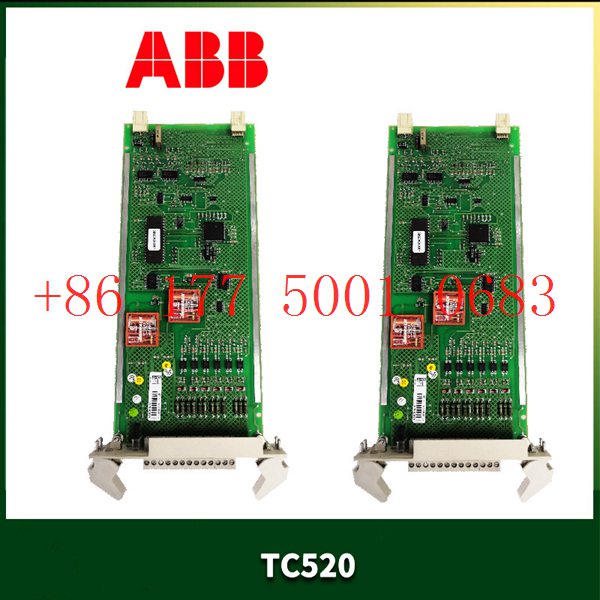
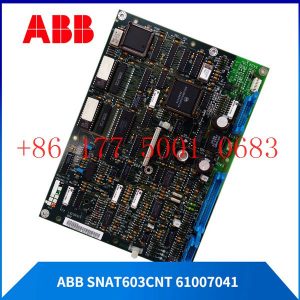
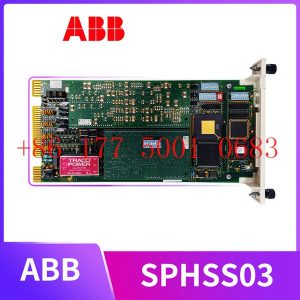
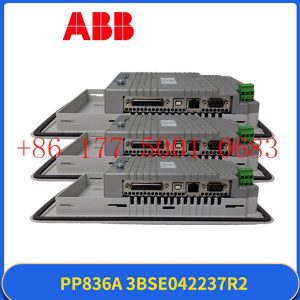
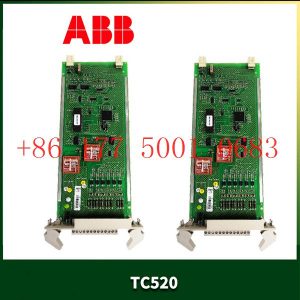




Reviews
There are no reviews yet.